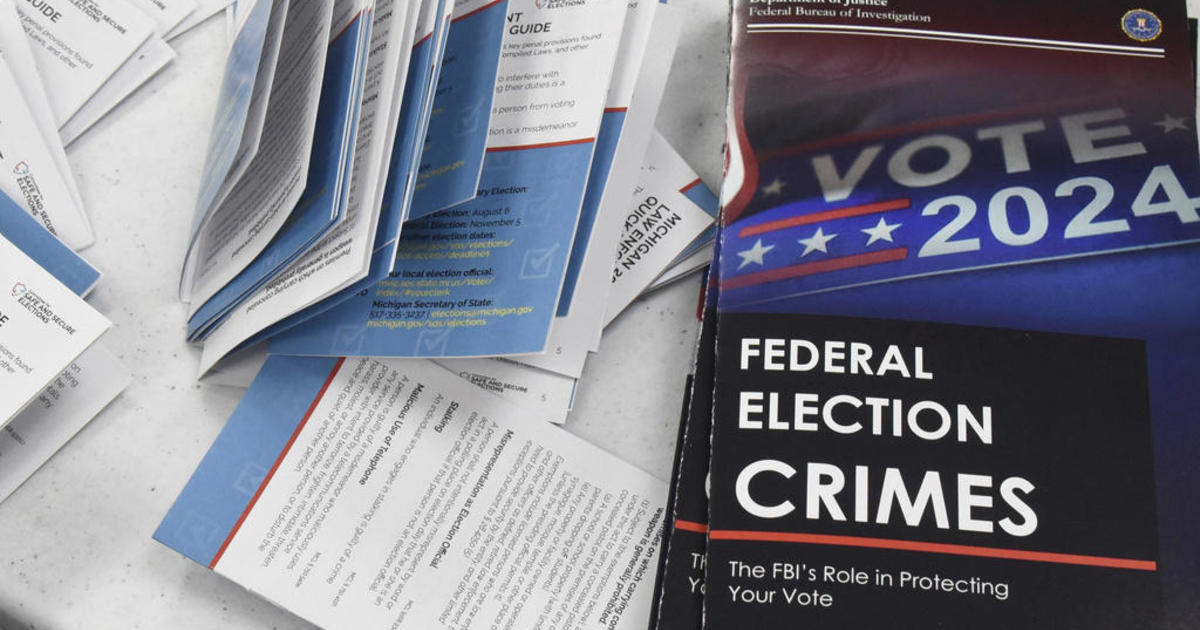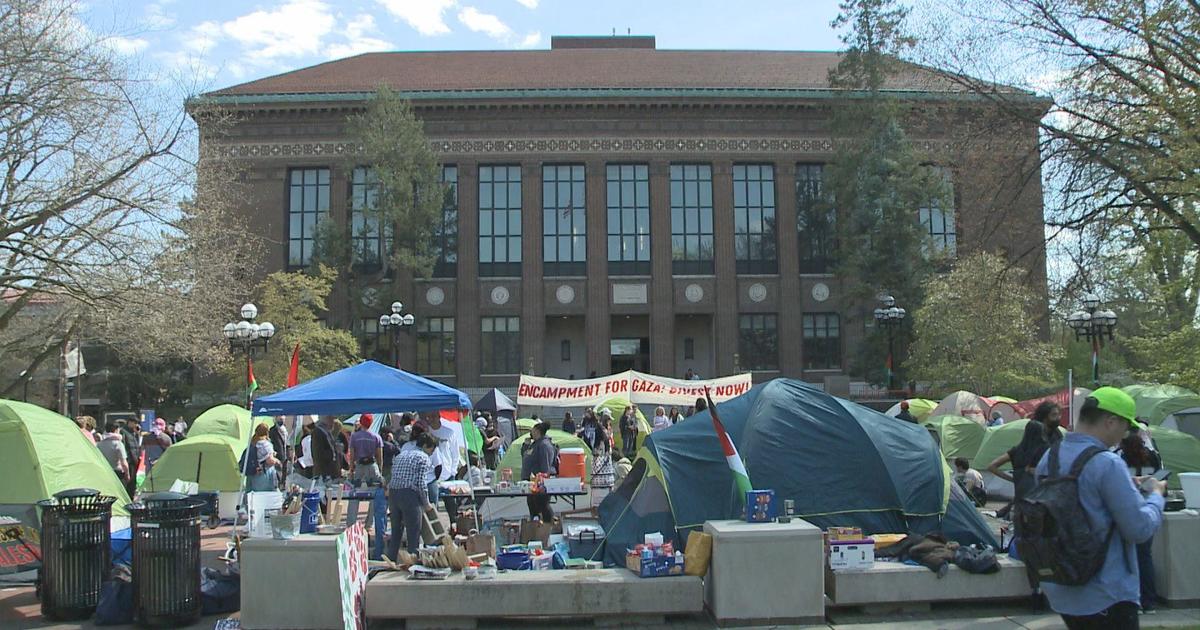Green Building Council Talks LEED Neighborhoods
DEARBORN -- The United States Green Building Council's Leadership in Environmental and Engineering Design certification these days mostly recognizes green buildings.
The next step is neighborhoods.
So more than 50 architects, designers and planners gathered at Henry Ford Community College Friday for the USGBC Detroit Regional Chapter's "Making LEED ND Happen For Your Development."
The ND stands for Neighborhood Developments -- entire planned neighborhoods with long-term sustainability built in from the beginning. The standard was launched in 2009 by the USGBC.
Doug Farr, founding principal of one of the nation's greenest architecture firms, Farr and Associates, kicked off the conference with a review of some of the most famous -- and infamous -- LEED ND projects.
Included was his own firm's Uptown project in Normal, Ill., which replaced an awkward intersection with a circular park featuring an artificial pond that's become a community gathering spot.
Farr said the project "broke a lot of rules," creating a park in the middle of heavily traveled streets where accidents might happen. And it had water more than three-quarters of an inch deep, meaning someone might possibly drown. And children frolic in that water, which admittedly picks up whatever may be in the streets. "It's akin to playing in puddles in the gutter, and I know nobody here ever did that when they were young," Farr said.
But it's important for many cities to design just such features, Farr said.
"Normal doesn't have a mountain range, it doesn't have an ocean, it doesn't have an opera, it doesn't have a symphony, so it's at risk of losing its most valuable asset, the young creatives who are going to start its next round of busineses," Farr said. "So what's going to keep them in Normal?"
Up on the screen at HFCC's Eugene A. Forfa Auditorium flashed a picture of young people enjoying what's now called Stormwater Circle.
"Here's a few of them having a brewski with their shoes off and their feet in the water, and they're having a very nice time, thank you very much," Farr said. "And the ones 10 years older, the breeders, bring their kids down in strollers and have an ice cream. So this is their mountain range, their opera, their symphony."
Farr said it's a good idea for cities to require, not just encourage, LEED ND.
"My assertion is that requiring ND reduces long term risk," Farr said. "The certainty of requiring ND is pro-business. What is the scariest thing for a business? When business asks, 'What is required of me?', and the government answers, 'We don't know yet.'"
So far, Farr said, only the city of Boston requires at least basic LEED ND certification in its zoning, although the Chicago Housing Authority requires it for new public housing projects, and the Department of Housing and Urban Development requires it for its Smart Communities program. "That's a baby step but it's there," Farr said.
Farr also challenged Michigan to replicate what he wants to do in Illinois -- build a LEED ND project in each of Chicago's 50 wards, each of the Chicago region's 264 municipalities, and each of Illinois' 102 counties.
"This is our goal, in the next five years," Farr said. "And you think the UP is far away, there are some counties in southern Illinois we don't even know the names of yet."
Other LEED ND projects had such cool touches as streets that could be easily cleared for festival space and catenary lighting -- street lights suspended from wires between buildings rather than mounted on poles, in order to stave space.
Some, though, haven't worked, for various reasons, including not matching the amount of green space to the location or making housing units too large for today's tastes or not including enough different types of housing units.
There are risks to building LEED ND, Farr acknowledged, including obsolescence: "The concern is we're building our best project in 2012, but by 2015 it may look like bell bottom pants."
But there are also advantages, including cost savings and more community buy-in.
The most ambitious LEED ND project, Dockside Green in Vancouver, British Columbia, has only been partially built. But its goals are ambitious -- all buildings LEED Platinum, onsite water treatment, a biomass cogeneration and biodiesel plant onsite, and 90 percent recycling rates.
One cool touch -- the final stage, or "polishing," of treated sewage is a pond and stream through the heart of the project -- with premium-priced housing around it. (Don't worry, Farr said, by this time the wastewater is already really clean.)
Further sessions at the conference explored the business case for LEED ND -- in the long run, it's cheaper to be green -- and a couple of local LEED ND possibilities, including the city of Dearborn's new intermodal transportation station and the Bloody Run Creek area east of Eastern Market in Detroit, which is being proposed for an environmentally sustainable redevelopment.



